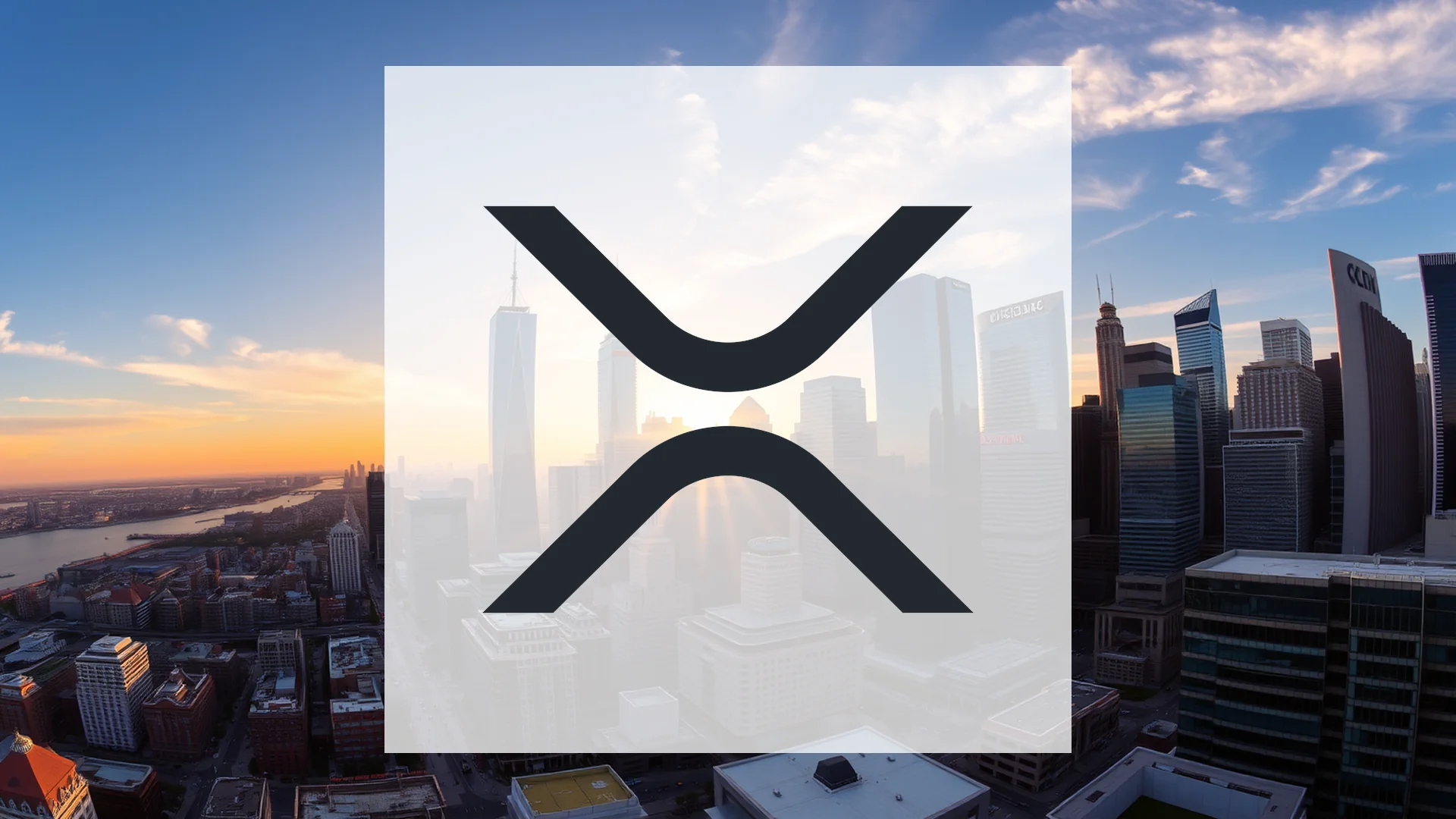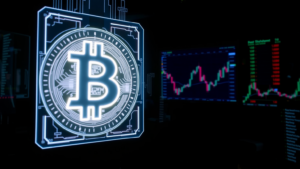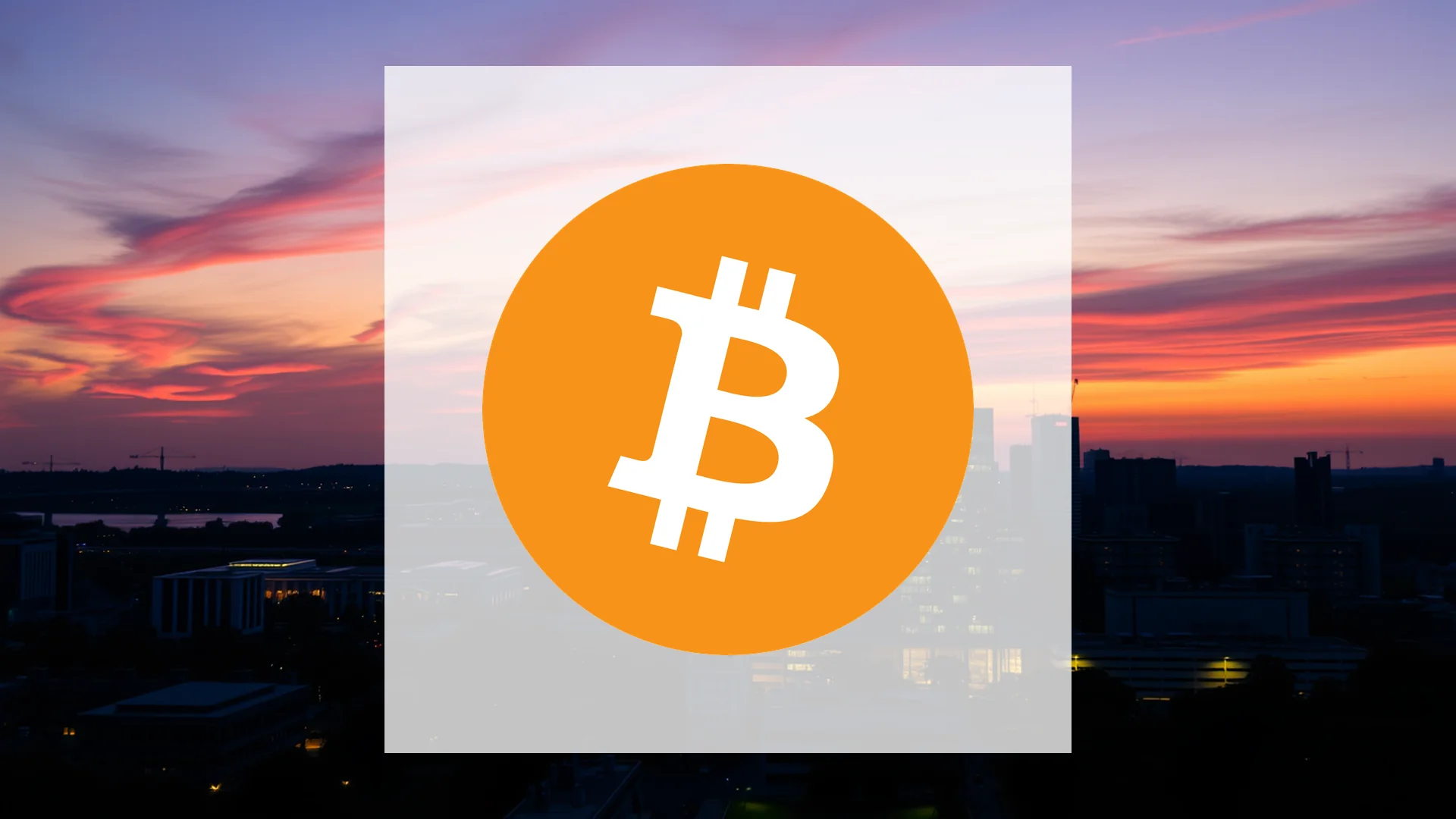Bitcoin’s Battle for the $100,000 Threshold
The psychological barrier of $100,000 has been breached, testing the resolve of Bitcoin investors worldwide. As the leading cryptocurrency sheds over $450 billion in market capitalization since October, a critical question emerges: is this the onset of a major bear market or merely a necessary market correction?
Institutional Sentiment Swings Wildly
The conviction of institutional investors appears to be wavering. A striking example of this volatility was observed on November 11th, when Bitcoin ETFs recorded massive inflows of $524 million. This wave of optimism was short-lived, however, as the very next day saw a sharp reversal with outflows of $278 million. This pattern indicates that while major players remain active in the market, their strategies are increasingly reactive to macroeconomic indicators and broader market apprehension. The central uncertainty lies in whether this represents temporary profit-taking or the beginning of a sustained de-risking strategy.
Liquidation Cascade Accelerates Decline
A dangerous chain reaction has taken hold in the markets. The recent price slump triggered the liquidation of nearly $350 million in leveraged long positions within a single 24-hour window. This domino effect rapidly pushed the value below the crucial $100,000 level, with some analysts now pointing to a “confirmed bear regime” as ETF inflows diminish and retail participation contracts.
What fundamentally drives this downward momentum? The answer may lie in Bitcoin’s growing correlation with traditional risk assets. In the absence of compelling crypto-specific catalysts, the digital asset is increasingly moving in tandem with technology stocks, which are themselves currently exhibiting weakness.
Regulatory Clouds Gather on the Horizon
Amid the price struggle, regulatory developments are advancing globally. In the United States, the SEC is developing an internal “token taxonomy” framework designed to categorize digital assets into distinct classes such as “digital commodities” and “tokenized securities.” While the stated goal is regulatory clarity, the classification process could introduce further near-term uncertainty.
Japan is moving forward with more concrete plans. Following the 2024 hack of DMM Bitcoin, the country’s Financial Services Agency (FSA) is preparing stricter rules for cryptocurrency custodians. Legislative changes slated for 2026 aim to enhance investor protection, but may also impose additional compliance burdens on the industry.
Innovation Persists Amid the Downturn
Despite the challenging price action, technological progress within the Bitcoin ecosystem continues unabated. The recent integration of Wrapped Bitcoin (WBTC) into the Hedera network exemplifies this trend, enabling Bitcoin holders to utilize their assets across various DeFi protocols for lending, trading, and providing liquidity.
This ongoing development demonstrates that the fundamental work of building and expanding Bitcoin’s utility persists even during difficult market phases. The critical question remains whether technological advancement alone can provide sufficient momentum to counteract the current downward trend.
Cardano’s Contrarian Signal: Major Investors Accumulate Amid Market Pessimism
While Cardano (ADA) investors endure a challenging downtrend that has pushed prices toward annual lows, a noteworthy development is unfolding behind the scenes. Major investors, often called “whales,” are purchasing the digital asset with an intensity not witnessed in six months. During the first half of November 2025 alone, these large holders channeled over $200 million into Cardano. This raises a compelling question: is this mere coincidence, or do these investors possess insights the broader market has yet to recognize?
Institutional Adoption and Network Developments
Recent events suggest a growing foundation for Cardano’s long-term utility. At the Cardano Summit 2025 in Berlin, a significant announcement was made: the upcoming “Cardano Card.” This physical Visa card, developed in partnership with Wirex, is poised to allow over six million users across 130 countries to spend ADA and other cryptocurrencies directly with merchants worldwide. This initiative could potentially transition Cardano from a theoretical blockchain project into the daily financial activities of millions.
Simultaneously, development continues on “Midnight,” a privacy-focused sidechain. According to founder Charles Hoskinson, this technology is designed to make the freezing of user funds technically impossible—a strong statement in an era of increasing regulatory scrutiny. Furthermore, the Cardano Foundation released a report on “Digital Trust Infrastructure,” outlining a vision for the blockchain to serve as a foundation for secure, interoperable digital ecosystems.
On the institutional investment front, the landscape presents mixed signals. The decision regarding Grayscale’s application for a Cardano ETF has been delayed due to the US government shutdown. However, 21Shares has included ADA in two new FTSE crypto index ETFs, providing traditional investors with a regulated pathway to gain exposure to the asset—a crucial step toward mainstream acceptance.
Market Sentiment Versus On-Chain Activity
Current market psychology is dominated by apprehension. The Fear & Greed Index reflects “Extreme Fear,” and price action mirrors this sentiment. ADA faces substantial resistance at the $0.59 level, while its critical support zone between $0.50 and $0.52 remains under persistent pressure. From a technical perspective, the short-term trend is unmistakably bearish.
Beneath this surface of pessimism, however, contradictory data is emerging. As retail investors hesitate, institutional players and whales have dramatically accelerated their accumulation. The first two weeks of November saw hundreds of millions of ADA tokens change hands, marking the most significant accumulation event since May 2025.
Defi Metrics Show Robust Growth
The underlying health of the Cardano network is demonstrating strength through key metrics. During the third quarter of 2025, the Total Value Locked (TVL) within Cardano’s decentralized finance protocols exploded by 28.7%, reaching $423.5 million. This represents the highest TVL recorded since early 2022, with protocols like Liqwid and Minswap acting as primary drivers of this growth.
Network utilization metrics also showed positive momentum. The average number of active addresses per day increased by 19.2%, while daily transactions climbed by 15.7%. This heightened on-chain activity indicates that the network is being used more intensively, not less, contradicting the negative price action.
The divergence between price performance and fundamental growth creates a complex landscape for investors. While the market trades on fear, the actions of major investors and the strengthening network fundamentals suggest a more nuanced story may be developing beneath the surface.
XRP ETF Launch Meets With Sharp Price Decline
The debut of the first US spot exchange-traded fund for XRP marked a significant milestone for the cryptocurrency. However, the event triggered a substantial price drop, illustrating a classic “sell the news” market reaction. The digital asset’s value fell more than 8%, declining from approximately $2.50 to $2.28. This downturn prompts a critical evaluation: is this a temporary lull preceding a major move, or the start of a more prolonged corrective phase?
Market Sentiment Reaches Extreme Fear Levels
Current investor mood surrounding XRP has turned deeply negative. Data from Santiment indicates this is “one of the most fear-filled moments of 2025.” Analysis of social media commentary reveals bearish statements are outnumbering bullish ones by a factor of two. Paradoxically, such extreme fear often acts as a contrarian indicator. Historical data suggests these periods frequently establish market bottoms, creating potential entry points for long-term investors before a recovery begins.
On-chain metrics present a contrasting picture to the price action. The creation of new XRP wallets has surged, exceeding 10,000 daily—a level not seen for many months. Transaction volume exploded in November, recording increases of up to 500%. Furthermore, the third quarter saw daily active addresses grow by 15.4% and transactions rise by 8.9%. A particularly notable development is the 215% expansion in the market capitalization of tokenized real-world assets (RWAs) on the XRP Ledger.
Canary ETF Records Strong Volume Amid Price Plunge
Trading for the Canary XRP ETF (XRPC) commenced on the Nasdaq on Friday, November 14. From the fund provider’s perspective, the first day was remarkably successful. The launch generated a trading volume surpassing $58 million and attracted net inflows of $245 million, ranking it among the year’s most effective ETF introductions. This activity has captured the attention of major Wall Street institutions; Franklin Templeton, Bitwise, Grayscale, and WisdomTree have all announced additional XRP ETF products scheduled for November.
While institutional investors demonstrate clear interest, the spot market response has been disappointing. XRP’s price fell decisively below both its 50-day and 200-day exponential moving averages, signaling strengthening short-term bearish momentum. The support range between $2.20 and $2.40 has now become a critical battleground. A decisive breakout above $2.65 is likely needed to improve the technical outlook.
Ripple Secures Major Funding as Institutional Infrastructure Grows
Separate from the price volatility, Ripple is substantially expanding its operational foundation. During November, the company closed a $500 million funding round, achieving a valuation of $40 billion. This round attracted heavyweight backers, including Citadel Securities and Fortress Investment Group. Concurrently, the RippleNet network continues to grow, now encompassing more than 300 partners from the banking and financial services sector.
Market analysts project that the pipeline of planned XRP ETFs could potentially unlock institutional investments totaling as much as $8 billion. The necessary infrastructure is clearly being established. Whether this fundamental strength will promptly reflect in the cryptocurrency’s price remains uncertain. In the immediate term, the $2.65 price level appears crucial. A sustained breach above this resistance could finally ignite the optimism surrounding the ETF developments.
Solana’s Critical Juncture: Institutional Accumulation Meets Retail Panic
As Bitcoin’s decline below the pivotal $100,000 level sends shockwaves through digital asset markets, Solana finds itself navigating treacherous territory. The cryptocurrency currently tests a crucial support band between $150 and $155, recording a 3.47% decline over the past 24 hours. This downward movement reflects broader market pressures rather than SOL-specific weakness, with risk-off sentiment permeating the entire crypto sector.
Divergence Between Market Participants
Beneath the surface price action, a fascinating divergence emerges between different investor classes. Retail participants appear to be liquidating positions amid growing anxiety, while institutional money flows tell a contrasting story. Since their launch in late October, U.S. spot Solana ETFs have recorded capital inflows for eleven consecutive days, accumulating over $368 million. This sustained institutional interest during a corrective phase signals sophisticated investors are using the price weakness as an accumulation opportunity.
The derivatives markets reinforce this narrative of heightened market activity. Open interest in futures contracts has expanded significantly, indicating traders are positioning for increased volatility in either direction.
Regulatory Milestones and Financial Product Evolution
Substantial regulatory developments are simultaneously reshaping Solana’s investment landscape. The U.S. Treasury Department and IRS recently established a “safe harbor” for staking through Revenue Procedure 2025-31. This groundbreaking clarification allows investment trusts and exchange-traded products to stake Proof-of-Stake assets like Solana and distribute rewards to investors without jeopardizing their tax-advantaged status.
This regulatory clarity coincides with another significant advancement: the Grayscale Solana Trust (GSOL) now offers options trading on the New York Stock Exchange. This development provides professional investors with regulated instruments for hedging and implementing sophisticated trading strategies, effectively elevating Solana into the realm of established financial products.
Ecosystem Fundamentals Remain Robust
Beyond price fluctuations, Solana’s underlying network activity continues to demonstrate remarkable strength. The ecosystem has processed approximately $137 billion in trading volume across decentralized exchanges over the past 30 days, cementing its position as a DeFi heavyweight. In early November, daily DEX volume even surpassed $5.1 billion, momentarily exceeding Ethereum’s metrics.
The decentralized perpetual futures sector shows particularly vigorous growth, with daily trading volume reaching $1.49 billion. This expansion builds upon Solana’s formidable developer foundation—the network boasts 10,733 active developers, more than any other blockchain protocol. This developer dominance serves as a crucial indicator of ongoing innovation and long-term ecosystem potential.
The convergence of institutional accumulation, regulatory progress, and robust network fundamentals creates a complex backdrop for Solana’s current price consolidation. While technical charts depict a battle at critical support levels, fundamental developments suggest the potential for significant momentum shifts in the coming weeks.










